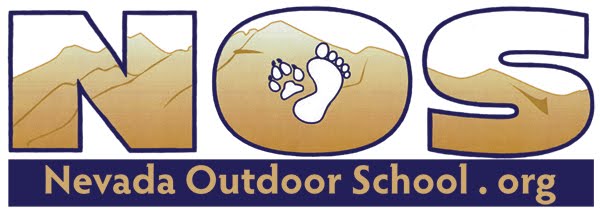As a child growing up in the Shawnee National Forest, I was
fortunate to live in an area that was very rural and relatively untouched by
development. One of the advantages of this was being surrounded by a large
variety of wildlife. My family would spend hours in the outdoors camping,
hiking, and exploring. As I got older and began to hunt, camp, and explore by
myself, I was able to gain a deeper appreciation of the opportunities around
me. I’d spend hours in the forests and swamps not just hunting, but watching
the wildlife around me. I would begin to notice things like deer growing their
winter coats and shedding the velvet off their antlers. Turkeys would begin to
gobble in the spring in search of a mate. It was these instances where I gained
some of my best memories like watching a mother bobcat and her kittens walk
down a creek bed, an albino otter swimming in the creek beside me, an owl landing
on a tree branch right next to me. They made an already great experience even
better.
One of our goals is to provide children with opportunities
for similar experiences. In a world that has become so driven by technology,
it’s sometimes easy to get sidetracked and forget to take a step back to enjoy
nature and wildlife. Fortunately, we can take several steps to remedy this.
Teaching children how to respect and act around wildlife is essential. Staying
still, quiet, and at a distance can make great photo opportunities, as well as
let your child see how wildlife act and behave. Encourage your child to ask
questions and research the things about wildlife that they find interesting. As
a young hunter, I was curious as to why animals behaved and acted in certain
ways.
Setting aside a time for you and your children to enjoy
some type of nature activity can have many benefits as well. Whether it’s
taking them on a hike, fishing, or camping, you’ll find that it can be nice to
break away from the monotony of your everyday routine. Find activities that
interest your children. When it gets colder in the winter, show them how
animals begin to grow their winter coats or change colors. Try to spot
different types of animals and have your child draw them. Go on a night hike
and listen for owls and coyotes. Learning what makes our children establish a
connection to the outdoors can be the key to helping them develop new hobbies
and interests.
Happy Trails!
-Bigfoot


